Remember last February when I created this DIY floor staff? I thought I’d share a little activity that shows how I used it recently with my Piano Readiness Class.
(Don’t mind my cat, Coda, who totally photo-bombed this photo. 🙂
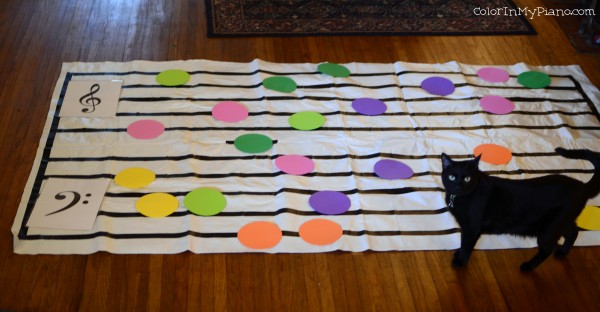 The two students I was working with have already learned to identify high and low sounds when we sing or listen to music, and can recognize the treble and bass clef symbols. I showed them the floor staff (which they were totally excited about), and asked them to count the number lines and spaces with me. I demonstrated that notes can either be line notes or space notes. Then, I put the treble clef and bass clef on the floor staff, for high and low sounds.
The two students I was working with have already learned to identify high and low sounds when we sing or listen to music, and can recognize the treble and bass clef symbols. I showed them the floor staff (which they were totally excited about), and asked them to count the number lines and spaces with me. I demonstrated that notes can either be line notes or space notes. Then, I put the treble clef and bass clef on the floor staff, for high and low sounds.
After that introduction, I handed each student a foam disc (you can find these in the craft section at many stores) and gave them two directions: (1) line or space note, and (2) high or low note. After placing notes on the staff in this way for a while, they realized there were also “middle” notes, so we started doing that too. Then we started doing it backwards: I asked them to put a note anywhere they wanted, and to tell me whether it was a line/space note and whether it was high/middle/low.
This turned out to be a fun little activity for introducing the staff to a couple of four-year-olds! The next step will be to associate the alphabet names to the lines and spaces. 🙂


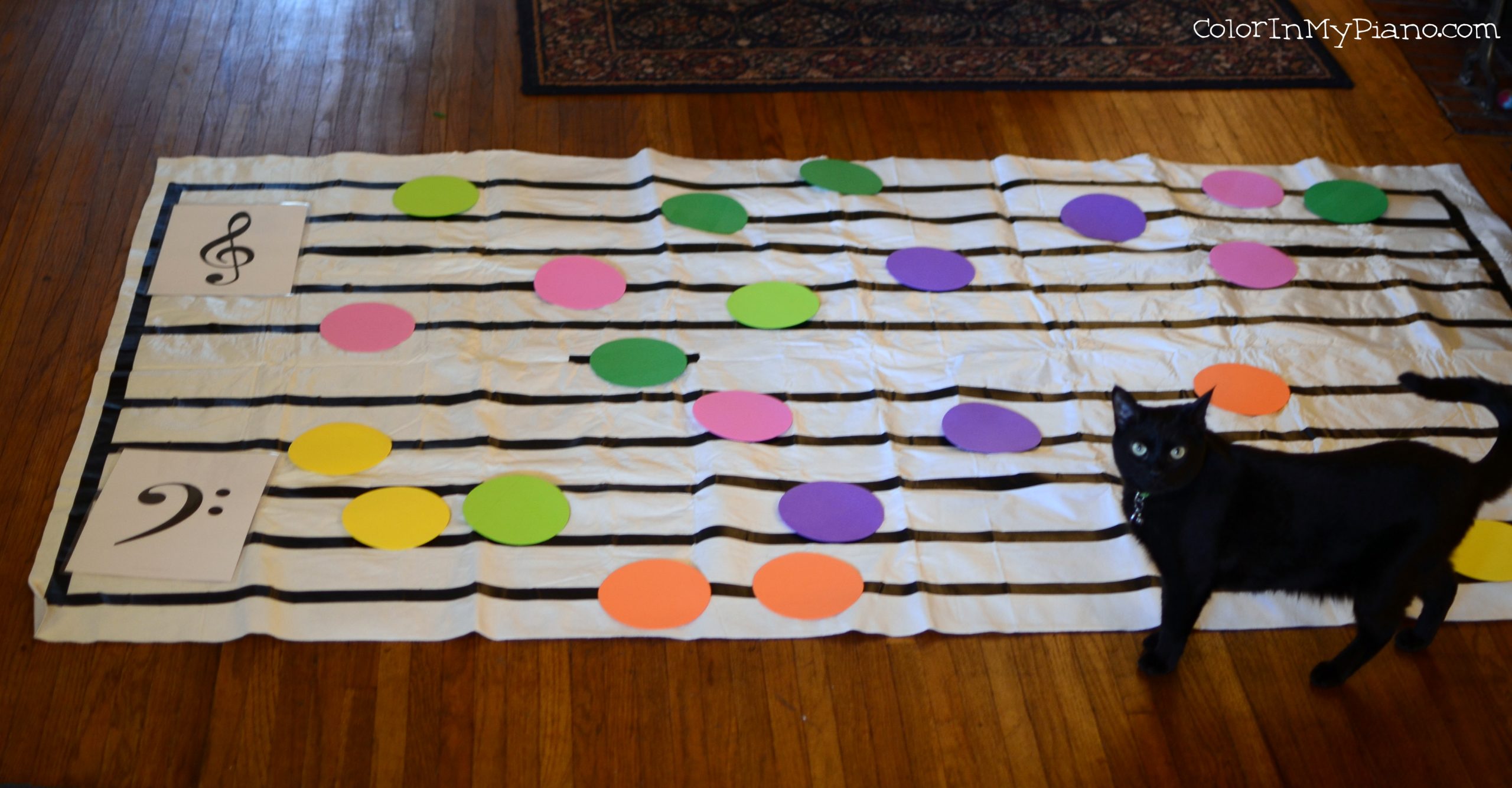

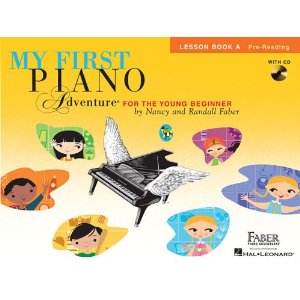
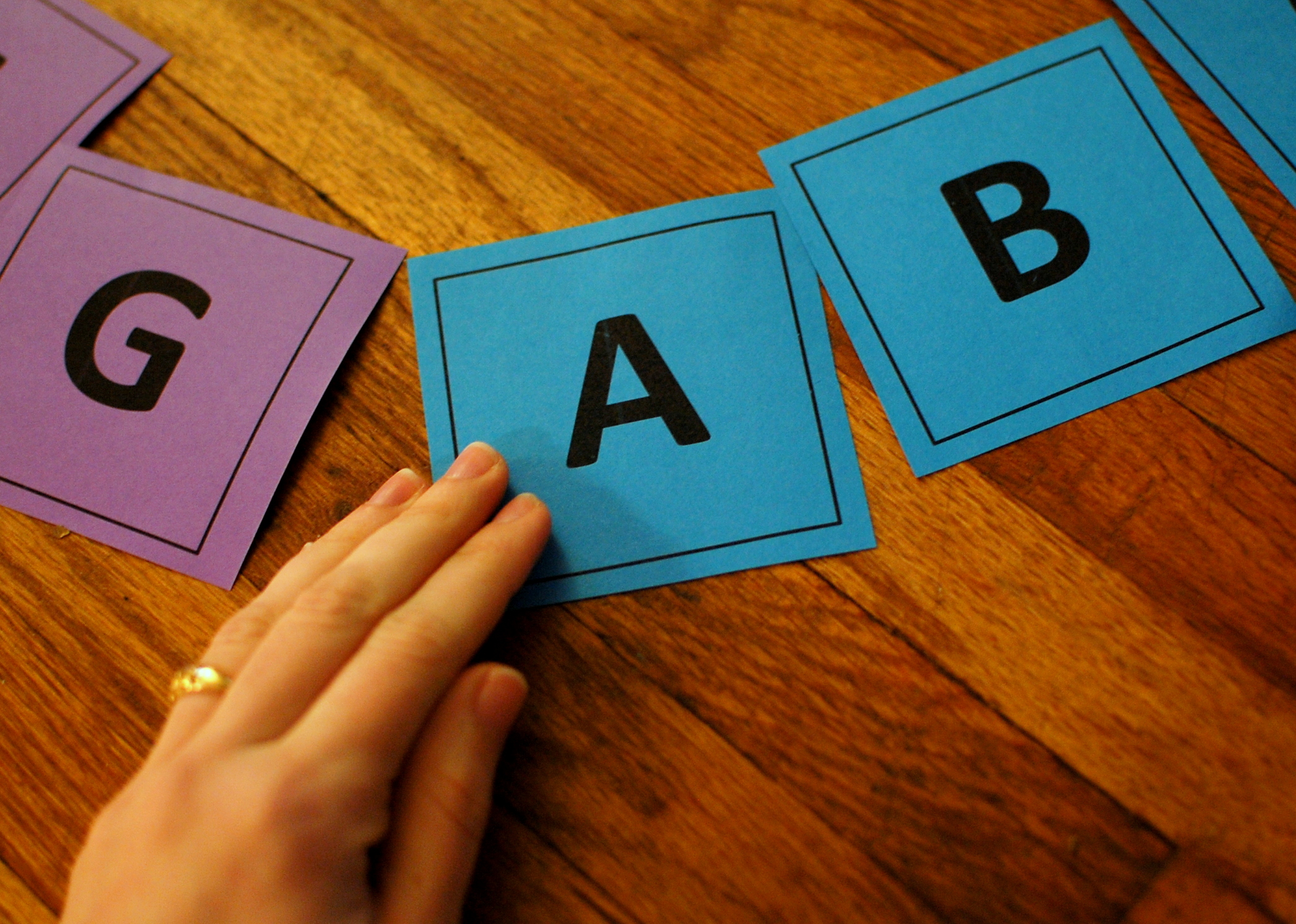
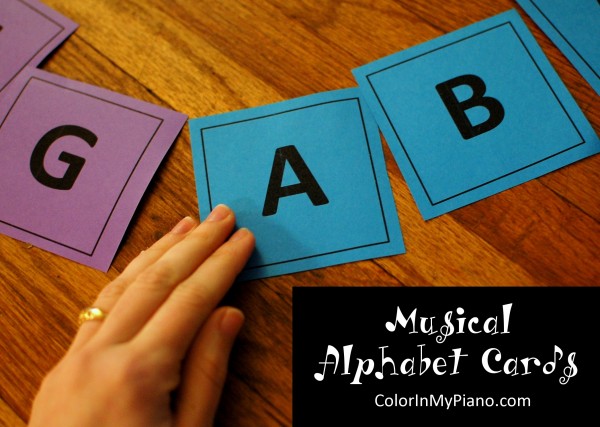

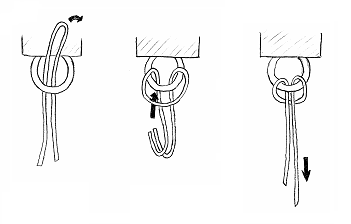

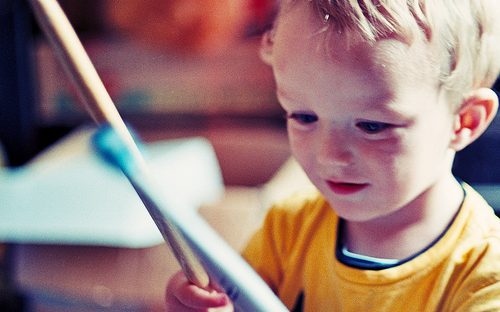
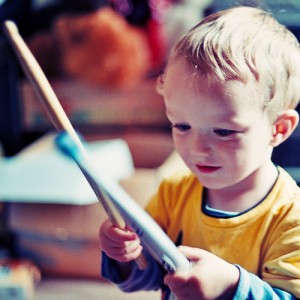 Developing a good sense of rhythm is one of the most challenging parts of being a piano teacher. It’s not something that arrives overnight, and it’s something that must be maintained as the student advances to music with more advanced rhythms and time signatures. It truly is something that must be developed.
Developing a good sense of rhythm is one of the most challenging parts of being a piano teacher. It’s not something that arrives overnight, and it’s something that must be maintained as the student advances to music with more advanced rhythms and time signatures. It truly is something that must be developed.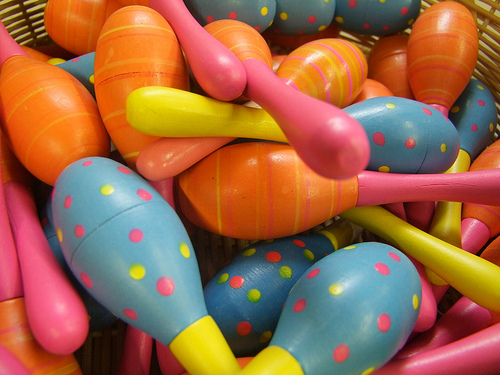
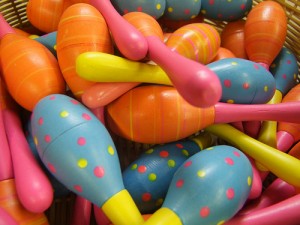 I’ve been digging around online lately, looking for early childhood music resources. (Yes, I’m sorry – I’m still on this kick!)
I’ve been digging around online lately, looking for early childhood music resources. (Yes, I’m sorry – I’m still on this kick!)
 In answer to a question a received last week, I thought I’d talk a little bit more about teaching 2 against 3, as I had mentioned in a
In answer to a question a received last week, I thought I’d talk a little bit more about teaching 2 against 3, as I had mentioned in a 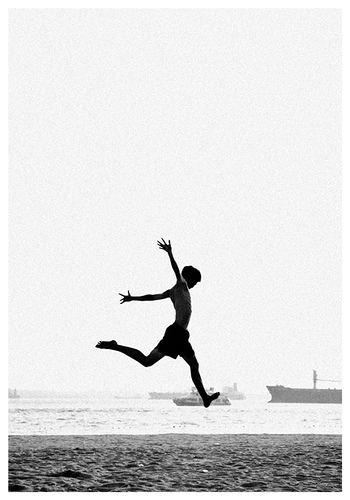
 One of the reasons I’ve been
One of the reasons I’ve been 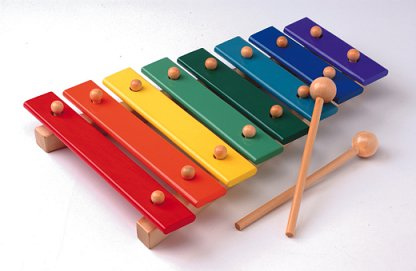
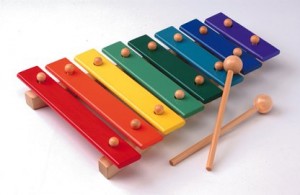 Lately, I’ve been considering offering pre-piano music classes for children and their parents — someday, when I have a private studio in my home again (Right now, I teach piano privately through my university’s community music school.). My goal in providing these classes someday is to better prepare young children (think ages 0-5, especially) for private piano lessons. So, this semester, I enrolled in an Early Childhood Music class to learn about the various methodologies (such as Orff, Kodaly, Gordon, Feierabend, etc.) for teaching music to young children.
Lately, I’ve been considering offering pre-piano music classes for children and their parents — someday, when I have a private studio in my home again (Right now, I teach piano privately through my university’s community music school.). My goal in providing these classes someday is to better prepare young children (think ages 0-5, especially) for private piano lessons. So, this semester, I enrolled in an Early Childhood Music class to learn about the various methodologies (such as Orff, Kodaly, Gordon, Feierabend, etc.) for teaching music to young children.